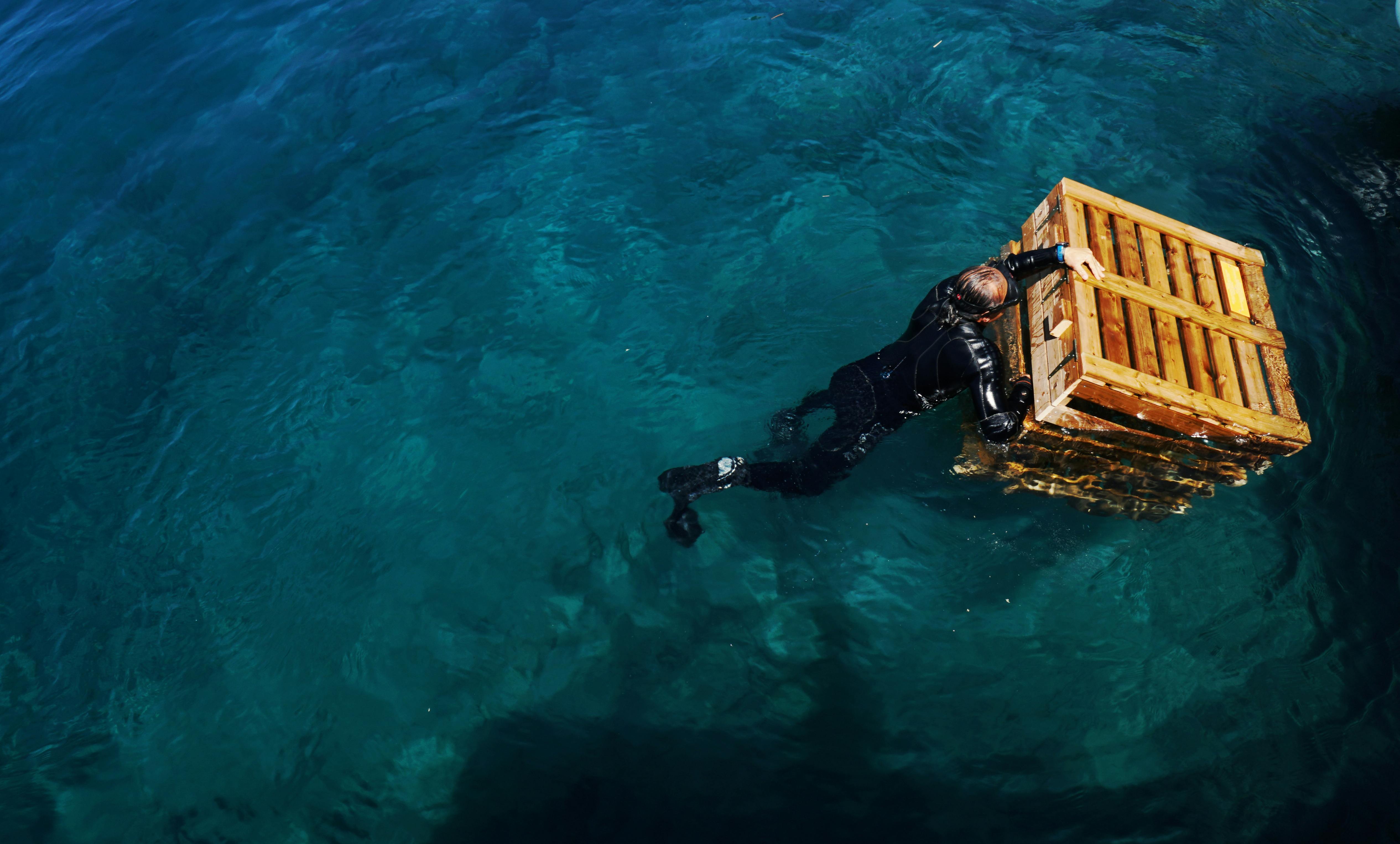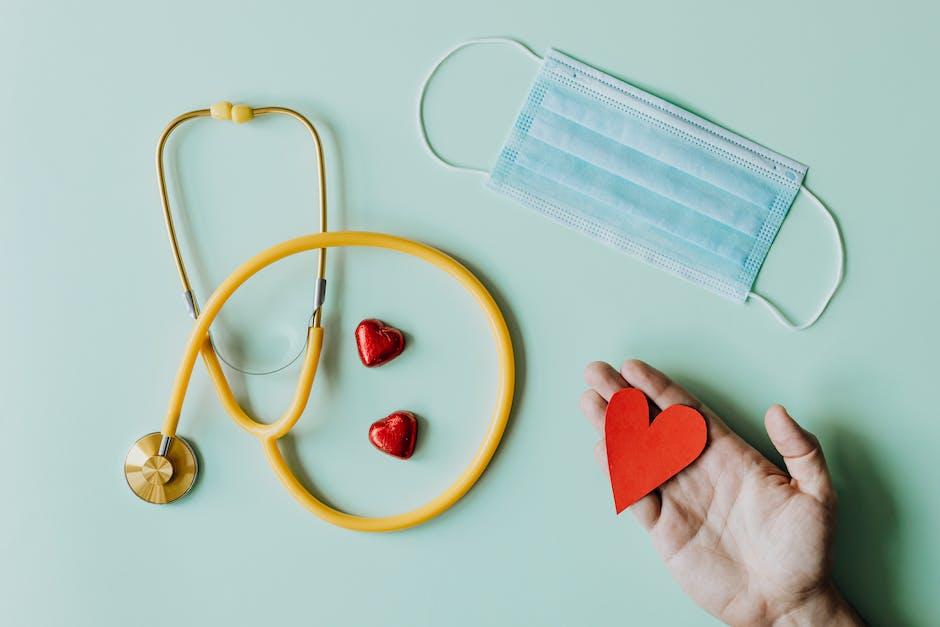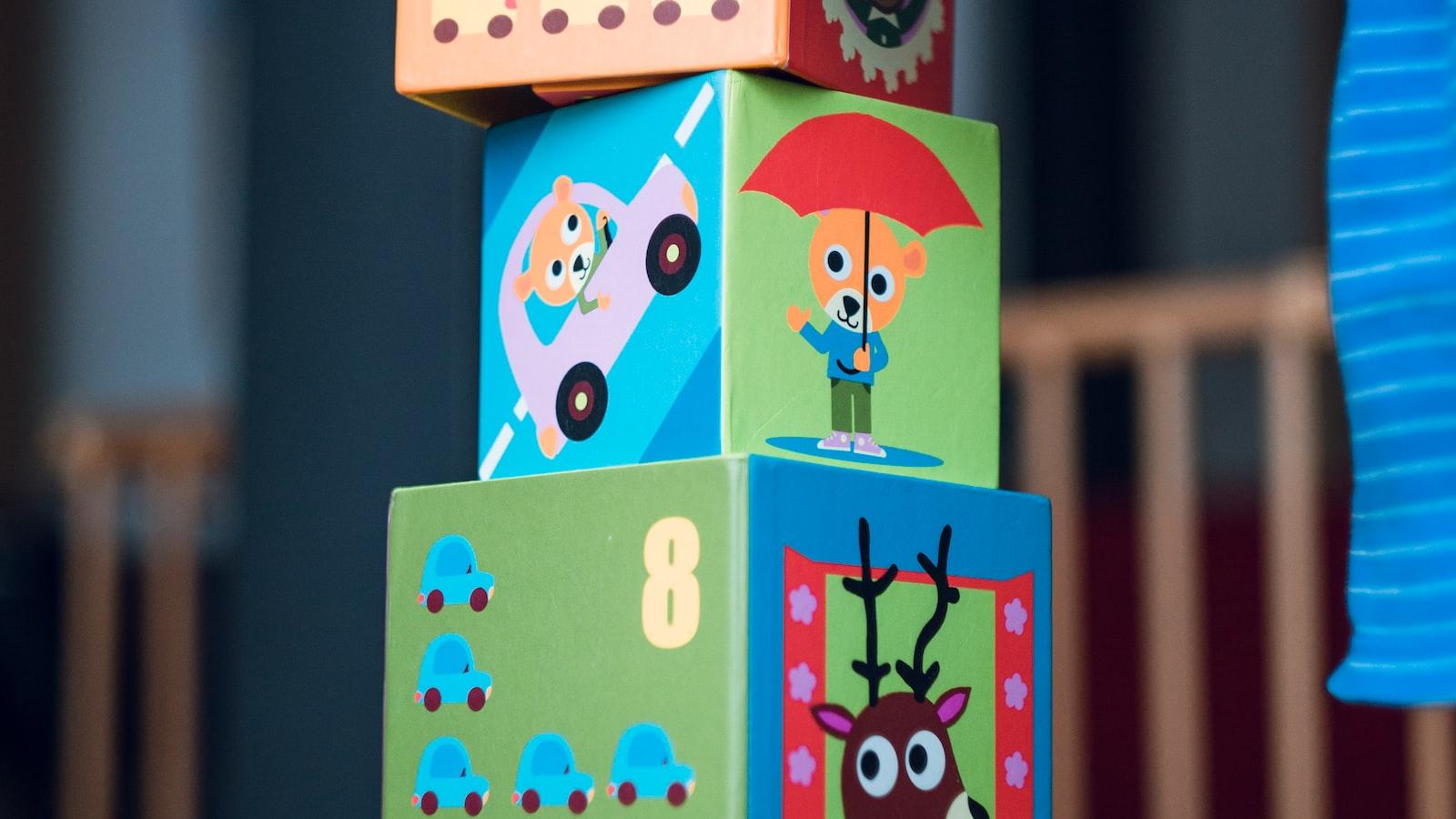Babies may experience bald spots on the back of their head, which is a common occurrence and usually nothing to worry about. These bald spots are caused by a combination of the baby’s sleep position and the shape of their skull. Fortunately, there are several ways to prevent bald spots from forming or worsening on the back of your baby’s head. In this article, we will discuss several tips for preventing bald spots on the back of your baby’s head.Bald spots on the back of a baby’s head are caused by a condition known as positional plagiocephaly, which occurs when a baby’s head is in the same position for an extended period of time. This can cause the skull to become deformed and create bald spots. Positional plagiocephaly usually occurs due to newborns spending too much time lying in one position in their cribs, or due to the use of devices such as car seats or baby carriers for long periods of time.
What Are The Risks Of Bald Spot On Back Of Baby’s Head?
Bald spots on the back of a baby’s head can be caused by a variety of factors, including sleeping position, tight hats and hair accessories, and rubbing against a pillow or bedding. In most cases, these bald spots are harmless and will grow back in time. However, there are some cases in which bald spots on the back of a baby’s head can be indicative of a more serious health issue.
In some cases, bald spots on the back of a baby’s head can be caused by an allergy to certain foods or materials. This type of allergy is known as contact dermatitis and can cause an itchy rash to form on the area of skin that has come into contact with the allergen. If this is the cause for your child’s bald spot, you should consult with your pediatrician to identify the allergen and remove it from your baby’s environment.
In rare instances, bald spots on the back of a baby’s head may indicate an underlying medical condition such as alopecia areata or ringworm. Alopecia areata is an autoimmune disorder that causes hair loss in patches throughout the scalp and body. Ringworm is a fungal infection that can also cause hair loss in patches around the scalp and other areas of skin. If you suspect either condition may be causing your child’s bald spot, you should consult with your pediatrician right away for diagnosis and treatment options.
In general, bald spots on the back of a baby’s head are harmless and will usually resolve on their own over time. However, if you notice any signs or symptoms associated with an allergic reaction or medical condition, it is important to talk to your pediatrician about possible causes and treatments available.
How To Identify Bald Spot On Back Of Baby’s Head?
Bald spots on the back of a baby’s head can be concerning for parents. It is important to be able to identify bald spots so that appropriate measures can be taken. Here are a few ways to identify bald spots on the back of a baby’s head:
Firstly, look for signs of thinning hair. This includes looking for a decrease in the amount of hair in any particular area or noticing that the baby’s hairline is receding. If you notice any of these signs it could indicate that there is a bald spot.
Secondly, look for patches of skin that are lighter than the rest of their scalp. This can indicate that there is an area where the hair has been lost and replaced by skin with less pigment. This could be a sign of a bald spot.
Thirdly, if you feel the scalp and notice any areas where there is no hair at all, this could also indicate a bald spot. It is important to remember to be gentle when feeling the scalp as it can be sensitive.
Finally, if your baby has had any recent medical treatments or procedures it could also result in hair loss and potentially create a bald spot. It is important to speak with your doctor if you have any concerns about your baby’s health or if you think they may have developed a bald spot due to medical treatment or procedure.
Identifying bald spots on the back of a baby’s head can be difficult but it is important to do so in order to take appropriate measures if needed. By following these simple steps you will be better equipped to recognize any potential issues with your child’s scalp health.
Preventing Bald Spot On Back Of Baby’s Head
Bald spot on the back of a baby’s head is a common concern for new parents. This condition, known as “plagiocephaly” or “flat head syndrome,” is caused by the baby’s head remaining in the same position for too long. Fortunately, there are ways to prevent plagiocephaly and ensure that your baby has a healthy head shape. Here are some tips to keep in mind:
First, make sure your baby gets plenty of tummy time. Tummy time helps to strengthen neck muscles and prevents the baby from spending too much time on one side of their head. Place your baby on their tummy several times a day for at least 10 minutes each time.
Second, reposition your baby frequently when they are sleeping. Make sure that your baby does not always sleep in the same position each night. This will help to avoid flattening on one side of their head.
Third, vary activities during playtime. During playtime, switch up your baby’s positions frequently so that they don’t spend too much time lying on their back or looking in one direction for an extended period of time.
Finally, use pillows and other positioning aids when necessary. If you find that your baby is having difficulty keeping their head off one side during sleep or playtime, consider using pillows or other positioning aids to help them stay comfortable and prevent flat spots from forming.
By following these simple tips, you can help to prevent bald spots from forming on the back of your baby’s head and ensure they have healthy skull shape development.
How To Ensure Proper Hair Care For Babies?
As a parent, you want to make sure your baby’s hair is well taken care of to keep it healthy and strong. Taking care of your baby’s hair can be a tricky task, but it doesn’t have to be. With some basic tips and tricks, you can help ensure your little one’s hair will stay in tip-top shape. Here are some tips for proper hair care for babies:
1. Wash your baby’s hair with a mild shampoo that is appropriate for their age and skin type. Be sure to rinse the shampoo out thoroughly with warm water so that it doesn’t irritate your baby’s delicate scalp.
2. Use a soft brush or comb to detangle any knots or tangles that may have formed in the hair while shampooing. Start at the ends of the hair and work your way up, being careful not to pull too hard on the strands as this could cause breakage or damage to the delicate strands.
3. After washing and brushing, apply a leave-in conditioner or detangler spray to help keep the strands from knotting up throughout the day. These products will help maintain manageability and shine without weighing down fine baby hairs.
4. For babies with curly or wavy hair, use a wide-toothed comb in place of a brush when detangling knots after washing and conditioning as this will help prevent breakage due to tugging on already fragile strands.
5. Refrain from using too many styling products such as gels or mousses as these can weigh down fine baby hairs and cause them to become greasy or oily more quickly than usual. If you must use styling products, opt for light hold sprays that won’t weigh down the strands when used in moderation.
6. Try not to over-wash your baby’s hair as doing so can strip their scalp of natural oils which are important for keeping it healthy and hydrated throughout the day. Aim for every other day washes if possible and opt for gentle cleansers instead of harsh shampoos when washing more frequently than recommended for optimal results.
7 . Protecting your baby’s delicate strands from sun exposure is also important, so make sure they always wear hats or other protective headgear when going outdoors during peak hours of sunlight exposure (10am–4pm).
With these tips, you can ensure proper hair care for babies while keeping their delicate locks healthy and strong!

Nutrition and Hair Health for Babies
Good nutrition is essential for healthy hair growth in babies. A balanced diet that includes proteins, vitamins, minerals, and essential fatty acids is important for proper hair growth. Eating a variety of foods will also help ensure that your baby gets all the nutrients they need to grow strong, healthy hair. Protein-rich foods such as eggs, dairy products, beans, fish, nuts, and lean meats are especially important for the development of strong hair strands. Foods high in vitamin A and zinc will also help promote good scalp health and healthy hair growth. Fruits and vegetables are an important part of any baby’s diet since they provide essential vitamins and minerals that support overall health. Essential fatty acids such as omega-3 fatty acids can be found in fish oil supplements or cold-pressed vegetable oils such as flaxseed oil or olive oil. These fatty acids are essential for healthy hair growth since they help keep the scalp hydrated and nourished.
In addition to a balanced diet, proper scalp care is important for promoting healthy hair growth in babies. Regular shampooing with a mild shampoo can help keep the scalp clean and free from any buildup of dirt or oils that can clog pores and prevent proper nutrient absorption into the scalp. Avoid using harsh shampoos too often since these can strip away natural oils from the scalp that are necessary for normal hair growth. Conditioning treatments are also beneficial to help nourish baby’s delicate strands and provide extra moisture when needed.
Regular trims are also important for keeping baby’s hair looking neat and healthy while preventing split ends from forming. It’s best to have a professional stylist trim your baby’s hair every six to eight weeks to keep it looking its best. Protecting your baby’s head from sun exposure is also important since UV rays can cause damage to both the scalp and strands of their hair over time. In addition to wearing hats or other protective headgear when outdoors, using a leave-in conditioner with sunscreen can give an extra layer of protection against sun damage while helping keep their locks moisturized throughout the day.
Overall, providing your little one with a balanced diet filled with nutritious foods along with regular haircare routines will help ensure their locks stay looking beautiful throughout their childhood years!
Common Hair Loss Treatments For Babies
Hair loss in babies can be a frightening experience for parents. But the good news is that in most cases, the hair loss is temporary and can be treated with simple remedies. Here are some of the most common hair loss treatments for babies:
1. Medicated Shampoo: In most cases, the cause of baby hair loss is a harmless condition called cradle cap, which is an infant form of seborrheic dermatitis. To treat this condition, a medicated shampoo containing ketoconazole can be used to reduce inflammation and flaking of the scalp. The shampoo should only be used after consulting with your pediatrician.
2. Moisturizing Cream: If cradle cap is the cause of your baby’s hair loss, then a moisturizing cream may help to reduce inflammation and flakes on the scalp. Choose a baby-safe product that does not contain any harsh chemicals or fragrances.
3. Vitamin Supplements: If your baby’s hair loss is caused by nutrient deficiency, then giving them vitamin supplements may help to promote hair growth. Consult with your pediatrician before giving any vitamin supplements to your baby.
4. Diet Changes: A change in diet may also help to restore healthy hair growth in babies suffering from nutrient deficiencies or other health issues such as allergies or digestive problems. Speak to your pediatrician about creating an appropriate diet plan for your baby.
5. Stress Reduction: Stress can have a major effect on a baby’s health and wellbeing, so it’s important to ensure that their environment is as stress-free as possible. This means making sure they get enough sleep and avoiding overly stimulating activities such as television or loud noises.
These are some of the most common treatments for hair loss in babies. However, if you have any concerns about your child’s health or experience persistent or severe symptoms, it’s important to speak to your doctor for further advice and treatment options.
Home Remedies For Bald Spots On The Back Of A Baby’s Head
Bald spots on the back of a baby’s head can be a cause for concern for parents, but there are a few home remedies that can help. These remedies are simple to use, and can be used in combination with other treatments if necessary.
One of the most common home remedies is massaging the area with coconut oil. This helps to stimulate circulation and promote healing. Coconut oil also has antibacterial and antifungal properties which can help to reduce inflammation and keep the area clean. It is important to use only natural, unrefined coconut oil for this remedy in order to get the best results.
It is also important to make sure that the baby’s scalp is kept clean and dry. Regular shampooing with a gentle baby shampoo helps to keep the scalp free of bacteria and dirt which can lead to infection. After shampooing, gently pat dry the area using a soft towel and apply a small amount of natural oil like olive or almond oil for added moisture.
Another home remedy is to apply natural honey directly onto the bald spot on the back of your baby’s head. Honey has natural antibacterial properties which help to reduce inflammation and promote healing. It also helps to soften the skin on your baby’s head and make it easier for them to comb their hair without pulling or tugging at it too much.
Finally, another home remedy is making sure that your baby gets plenty of rest as this helps their body heal itself naturally from any kind of injury or irritation. Make sure they get enough sleep at night and take frequent naps throughout the day if possible. This will help them feel more relaxed and able to cope better with any discomfort they may be feeling from their bald spots on their head.
These home remedies are simple yet effective ways of treating bald spots on babies’ heads, however if you are worried about your baby’s condition then it is always best to consult with your pediatrician before trying any kind of home remedy as some may interact with other medications or treatments they may be receiving.

Conclusion
It is important for parents to be aware of the potential causes of bald spots on the back of their baby’s head and to take steps to prevent them from occurring. Parents should ensure their baby’s sleeping position is frequently changed, their head is not in contact with any hard objects, and that they limit the use of tight headwear. In addition, parents should ensure that their baby is receiving a healthy and balanced diet that includes essential vitamins and minerals. If any signs of balding appear on the back of your baby’s head, it is important to seek medical advice as soon as possible.
With the right precautions, parents can help protect their babies from developing bald spots on the back of their heads. By taking a proactive approach to caring for your baby’s scalp health, you can help ensure that they remain healthy and happy throughout their early years.




